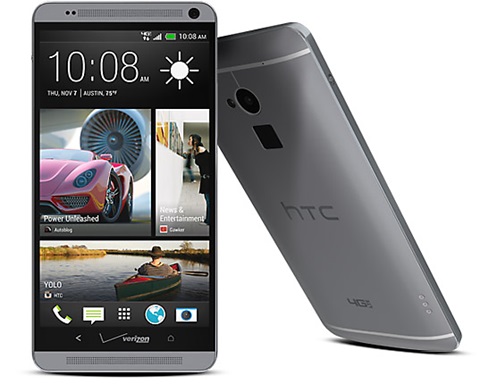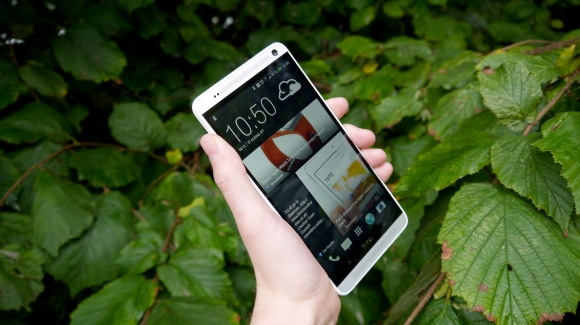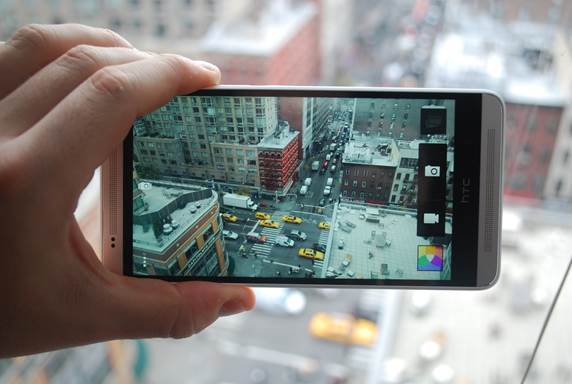The last few months of 2013 saw the entry of four new
phablets with display sizes of above 5.5-inch. All four come with the latest
hardware and software technologies, but which one is worth shelling out your
money for?
HTC One Max
The 5.9-inch
One Max is a larger version of the 4.7-inch One with the same design traits
that has garnered positive reviews. It is made of anodized aluminum with a
brushed and smooth textured back, with the dual front-facing speakers.

Boasting a large, 5.9-inch full HD
display, get more out of
streaming shows, playing games, watching videos and more.
Removing the
back cover exposes the micro-SIM and micro SD card slots. The addition of a
micro SD card slot is welcome as the One Max only comes with 16GB of onboard
storage. Unfortunately, the 3,300mAh battery is non-removable.
Unlike the
One and One Mini, the power button is shifted from the top left corner to the
right side. This makes more sense for a phablet since the power button can be
easily accessed with the left index finger (for left-handers) or right thumb
(for right-handers).

The HTC One max is perfectly
comfortable and stylish. Its full aluminum body speaks of
super-premium values, while the tapered edges offer a slim and satisfying grip.
T
The One Max
is the heaviest (217g) and thickest (10.29mm) among all the phablets in the market.
Even the 6.44-inch Sony Xperia Z Ultra is 5g lighter and measures 6.5mm thin
for its side profile. Thankfully, the contoured back makes the One Max rest
solidly and comfortably in the hand.
HTC also
joins Apple in launching a mass-market smartphone with fingerprint sensor. The
fingerprint sensor on the One Max is located at the back just below the
UltraPixel rear camera. Compared to Apple’s Touch ID, HTC’s implementation is
unintuitive as it only works unidirectional and requires you to execute a swipe
gesture. Moreover, the close proximity between the camera lens and the
fingerprint sensor meant that we very often mistook the former for the latter.

HTC One max captures 20 photos and a
3–second video,
helping you take the best picture even if you didn't press the button at the
right time.
The One Max
ships with Android 4.3 Jelly Bean alongside HTC Sense 5.5, which offers
features such as the option to disable BlinkFeed, and the ability to rearrange
Quick Settings. We find the lack of one-handed operation features on the One Max
disappointing as this means more efforts on our part to tackle the device
single-handed. Powering the One Max is the Qualcomm Snapdragon 600 quad-core
1.7GHz processor and 2GB RAM. Images taken with its 4-megapixel UltraPixel camera
are decent for sharing on social networks, but its lack of detail can be
apparent when viewing on a desktop.
Specifications: ·
Display:
5.9-inch ·
Operating
system: Android 4.3 ·
Camera:
UltraPixel with HTC Zoe™ Camera, f/2.0, 28mm wide angle lens, 1x LED Smart
Flash ·
Processor:
Android 4.3, Jelly Bean with HTC Sense 5.5 ·
Memory: 32GB on
board memory + 2GB RAM ·
Weight: 217g ·
Dimensions:
164.5 x 82.5 x 10.29 mm ·
Price: $1,028
|